It took me a while to realise it, but it’s not just animals and plants that breathe. Countries do, too. For people, there are the annual holiday periods, when they jet off on holidays or travel the country to reunite with loved ones, vast flows of humanity moving around, all at the same time, and the majority for some reason settling on the M5. But for our birdlife, there are the spring and autumn migrations.
Those areas far to the north of us – the palearctic regions of northern Russia, Canada and countries like Greenland and Iceland – can be good places to raise your chicks. The almost 24-hour sunshine of summer in the far north means far more warmth and time for plankton, fish and insects to flourish. This sudden abundance of food is exploited by a range of birds that make long journeys to take advantage of it.
But then summer tips into autumn and the harsh arctic winter re-asserts itself, locking the fertile northern areas down into deep cold where food is scarce indeed. And so a great many species, not just birds but plankton-eating fish and cetaceans, head back south to find a better place to spend the winter. Some stop in Britain. The ‘pelagic’ species, the ocean wanderers like the arctic tern that spend most of their lives at sea, may travel almost half of the globe in this seasonal wandering, but stop off in Britain as a handy place to breed.
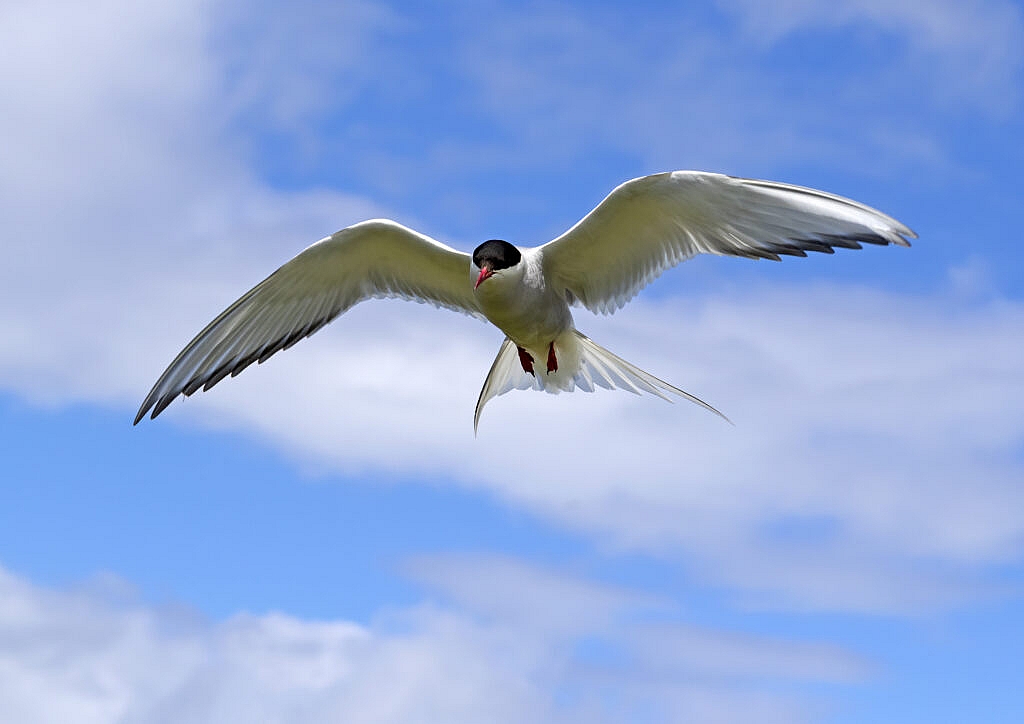
But this is only half the story. Because there are also species that find even our milder winter months too chilly, and spend the British winter far to our south, enjoying the warmer weather of the Mediterranean or sub-Saharan Africa. These are the species that like it warm. But particularly in our era of climate change, it can get too warm. As the Earth returns to the sun and the northern hemisphere returns to summer, some areas far to our south can get uncomfortable to live in, and drought can reduce food supplies. So these species head north, and find Britain’s temperate, insect- and grain-laden summer an ideal spot to raise young.
Particularly because most of our weather comes from the West, off the Atlantic, the UK is perfectlyplaced, like a motorway service station on a long gap of road with no services, for many of these migrants to stop off for a quick meal on their journey. So do so voluntarily, others get blown here, which is why our western islands – like the Isles of Scilly – have long been a haven for birders seeking unusual or rare birds. But whether they are heading north, or south, these migrations bring two great seasons of change to Britain: the spring and autumn migrations.
If you’re not into your wildlife, and especially if you’re not into birds, you will hardly notice the change. But keep a watch on the reported bird sightings about now, or even just a sharp eye on your neighbourhood, and you’ll notice the change. ‘Falls’ of dozens or hundreds of birds of a single species take place silently as flocks arrive. Some are easily noticed – the swallows and the screaming cries of swifts that we suddenly notice. Others are less obvious. Numbers of Osprey have suddenly been seen as they return from Africa to breed. A brace of garganey ducks has shown up, along with numbers of willow warblers.
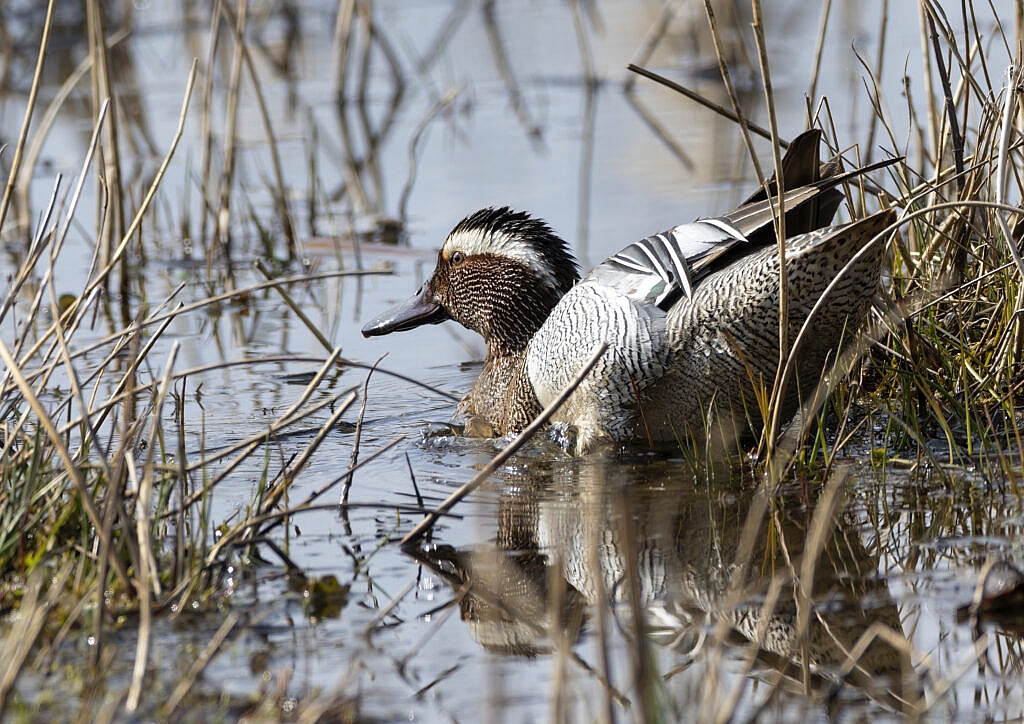
Recently, a plume of air brought a crowd of rare Alpine swifts to southern Britain and Ireland. Follow such sightings and you can sometimes make out a wave of birds, all of the same species, flowing north across the country. At the same time, familiar winter sights, like the redwings and fieldfares that have been feasting on our winter berries, start to leave, migrating north to their breeding grounds. Even some birds that live here year-long switch between the north and south of Britain to take advantage of longer days in the far north.
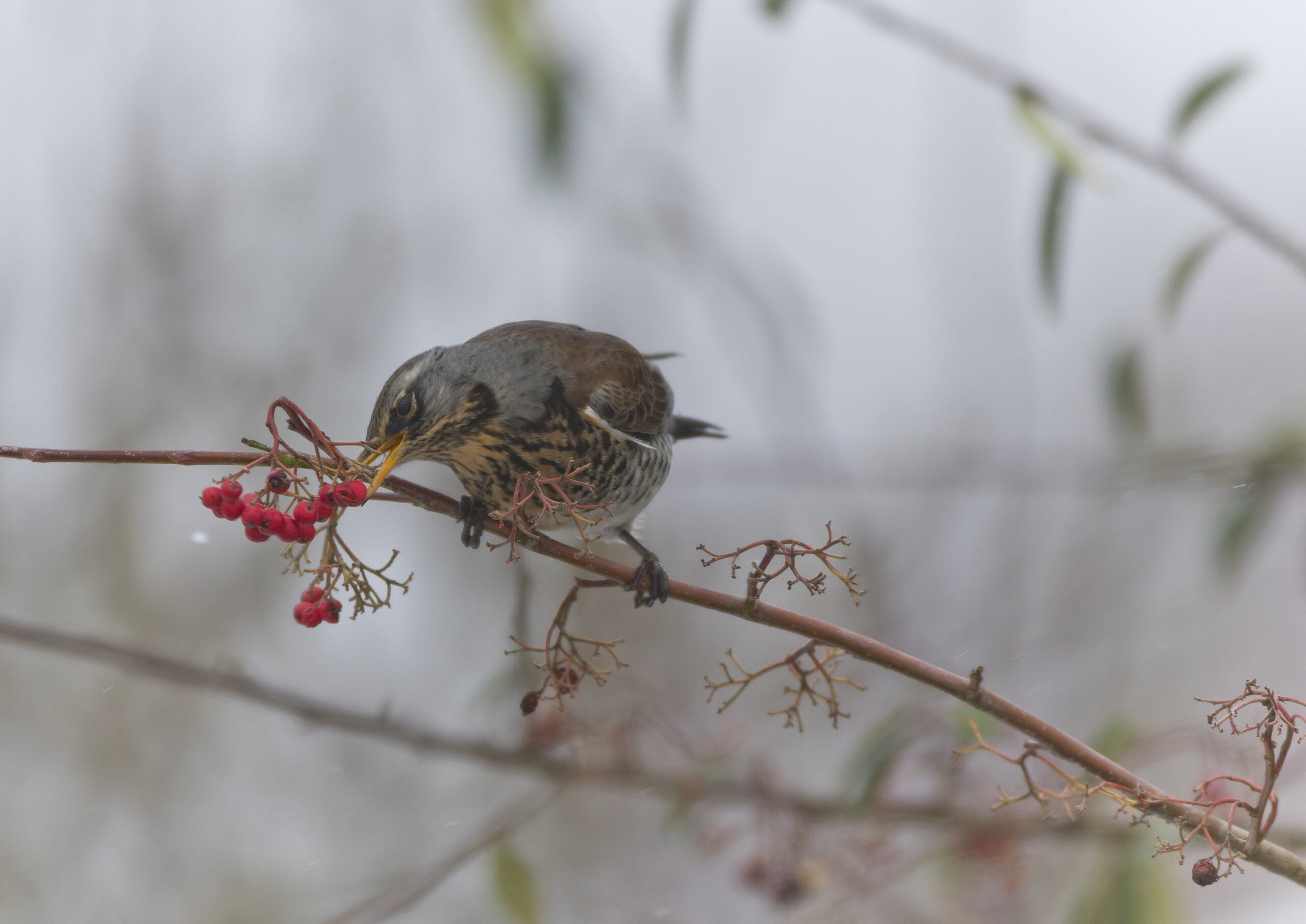
But the best bit is that right now, spring is still a secret. The trees and shrubs are only just cottoning on to the idea. And with almost-bare branches, the early migrants, the start of the spring influx, the long inhale, are much more easily seen. In a few weeks’ time the leaves will be out and the migrants will be glimpsed through shifting veils of dappled green. If you ever want to take up birding, now is the time to do it.


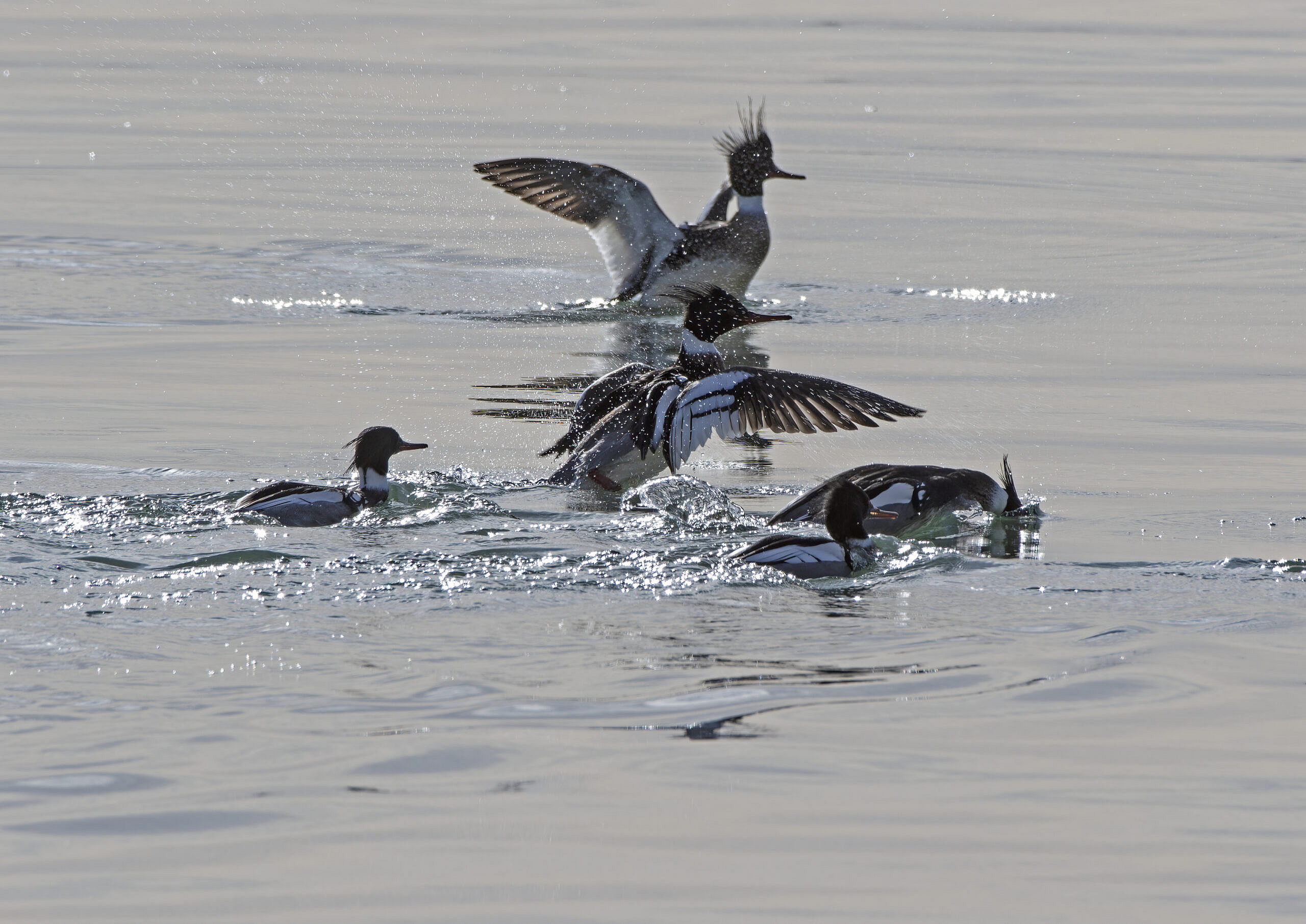
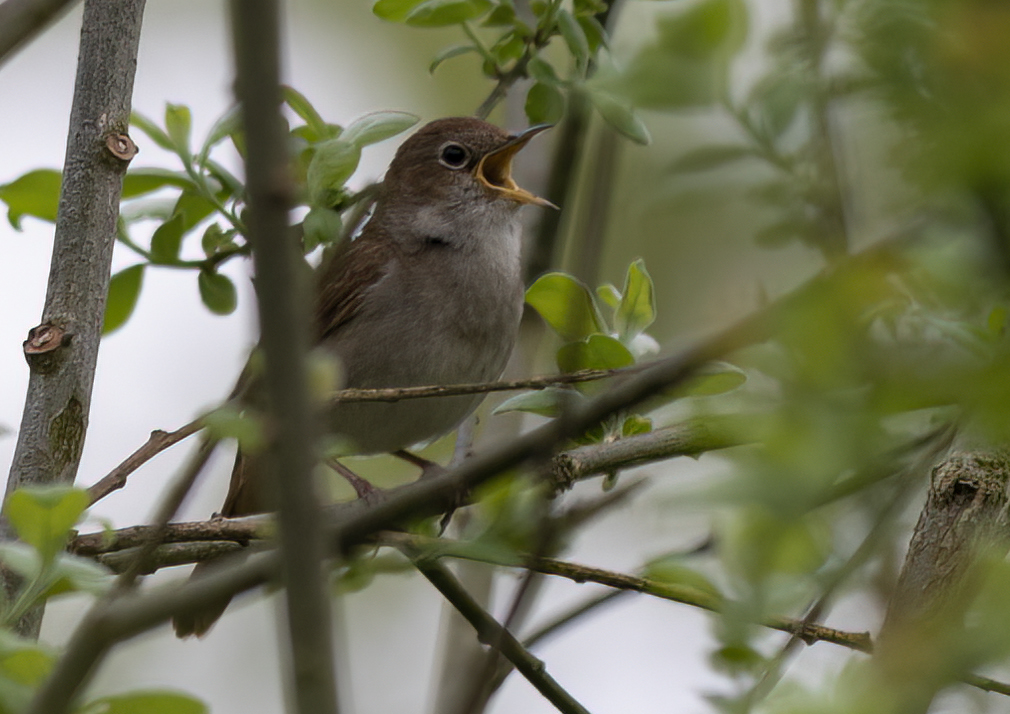
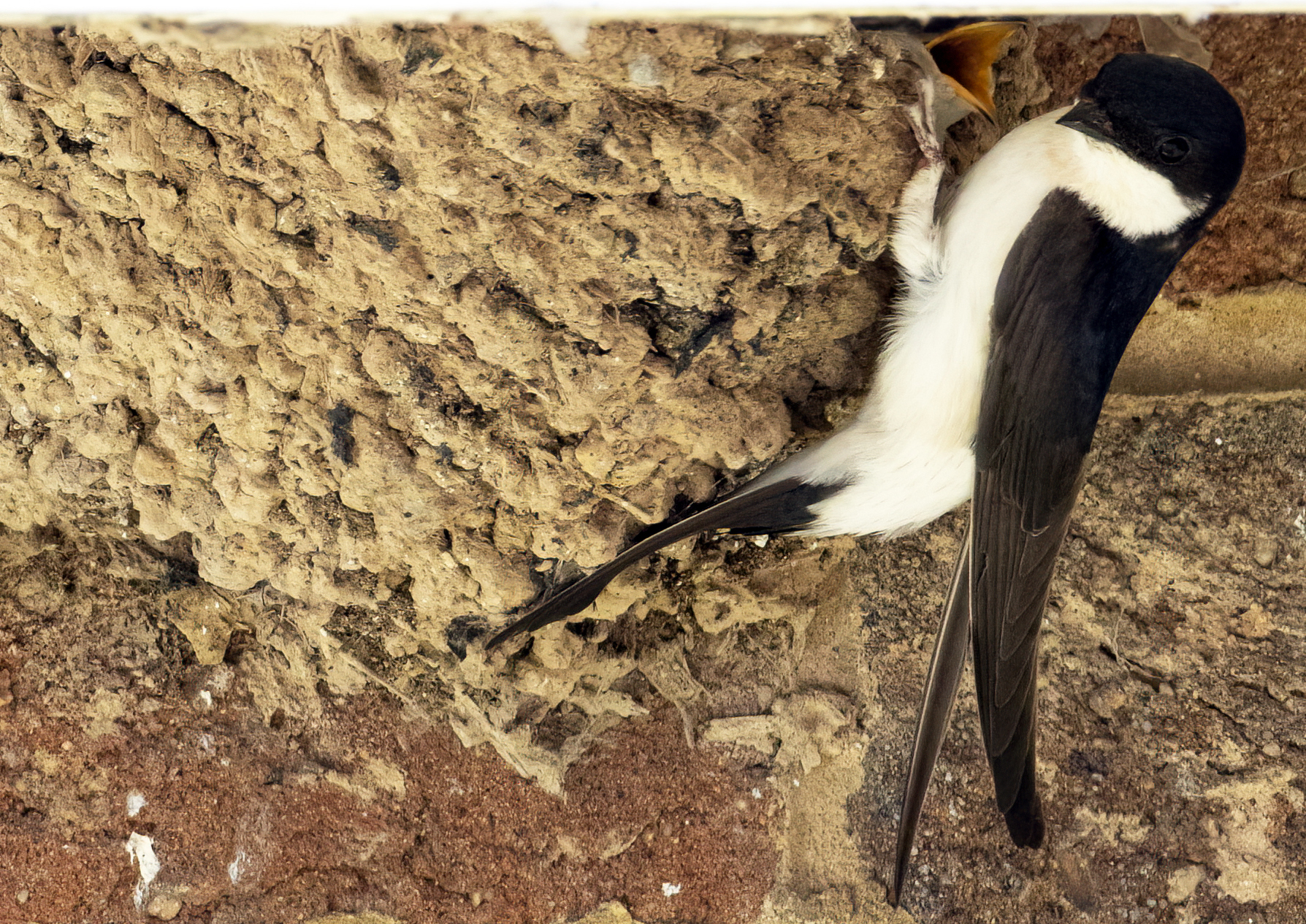

Social Profiles